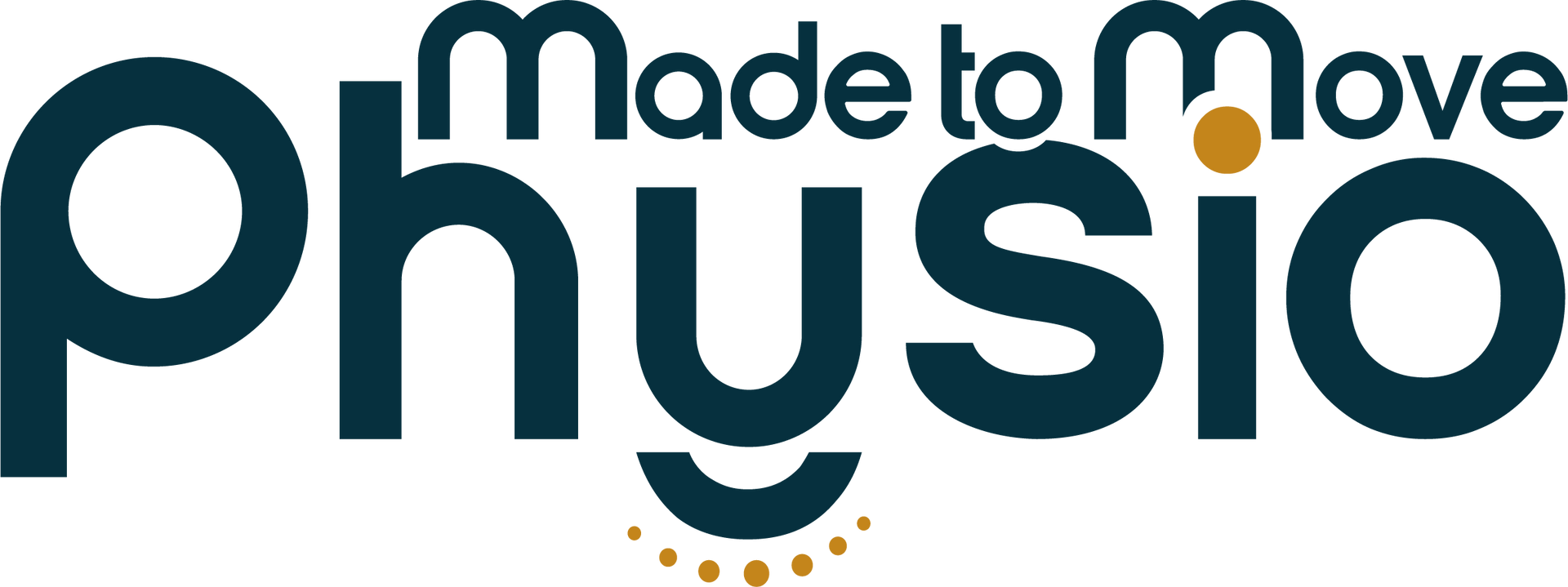Benefits of booking massage therapy BEFORE INJURY!!?!

Who has heard the phrase, prevention is the best medicine!?!? Well they are RIGHT!!! While massage therapy is known for its ability to aid in injury recovery, its preventive benefits are equally remarkable yet sometimes overlooked. Massage therapy can serve as a proactive measure to prevent injuries and promote overall well-being.
Get in for a Massage Therapy session before you have PAIN! And make a management plan that works for you!!
3 Surprising reasons to try Massage Therapy that have nothing to do with INJURY:
1. Enhanced Muscle Flexibility and Range of Motion
One of the primary benefits of massage therapy in injury prevention is its ability to improve muscle flexibility and range of motion. Tight or inflexible muscles are more susceptible to strains, sprains, and other injuries, especially during physical activities or sports.
Regular massage sessions help to alleviate muscle tension, release adhesions, and promote flexibility, allowing for smoother and more fluid movement.
Through techniques such as deep tissue massage, myofascial release, and stretching, massage therapists target areas of tension and stiffness, restoring optimal muscle function and preventing imbalances that could lead to injury. By maintaining adequate muscle flexibility and range of motion, individuals can reduce the risk of strains, tears, and overuse injuries, ultimately enhancing performance and longevity in your chosen physical activities.
2. Improved Circulation and Tissue Health
Circulation is essential for delivering oxygen and nutrients to tissues while removing metabolic waste products and toxins. Poor circulation can impair tissue health and increase the likelihood of injury, as tissues become deprived of essential nutrients and oxygen. Massage therapy plays a crucial role in improving circulation by stimulating blood flow and lymphatic drainage.
During a massage session, the rhythmic manipulation of soft tissues encourages blood vessels to dilate, enhancing circulation throughout the body. This increased blood flow delivers vital nutrients and oxygen to muscles, tendons, and ligaments, promoting tissue repair and regeneration. Additionally, improved lymphatic drainage helps eliminate toxins and reduce inflammation, further supporting tissue health and resilience against injury.

3. Reduction of Muscle Tension and Stress
Muscle tension and stress are common contributors to musculoskeletal injuries, as they can lead to poor posture, biomechanical imbalances, and overuse of certain muscle groups. Massage therapy can decrease muscle tension and stress, helping to relax tight muscles, alleviate discomfort, and restore balance to the musculoskeletal system.
By targeting areas of muscular tension and stress, massage therapists can identify and address underlying issues that may predispose individuals to injury. Techniques such as Swedish massage, trigger point therapy, and neuromuscular massage techniques effectively release muscle knots and trigger points, promoting relaxation and reducing the risk of strain or overuse injuries.
AND we can not forget the calming effect of massage therapy on the nervous system that helps to mitigate the effects of stress, promoting overall well-being and resilience against injury.
Incorporating regular massage sessions into their wellness routine, You can proactively safeguard against musculoskeletal injuries ! Whether you're an athlete striving for peak performance or simply seeking to prevent everyday strains and sprains, massage therapy can be a valuable ally in your journey toward injury-free living.
MEET OUR MASSGE THERAPISTS
Patricia Hynes RMT

Nick Fudge RMT

FAQ's
- Is Massage Therapy covered by insurance?
While every individual insurance plan is slightly different, if you have coverage for things such as Physiotherapy, you most likely have coverage for massage therapy as well. Most plans now have easy access to your plans through online portals or apps where you can check in to see how much coverage you have. If you are still unsure call the customer service number for your insurance provider and provide your policy number they should be able to help you determine how much coverage you have.
2. Do I need a Doctor referral to receive massage therapy?
Most often you do not require a referral to receive massage therapy. However each individual insurance plan is slightly different and some plans do ask for date on the referral to allow us to do direct billing. If you are uncertain you can easily access this information by signing into your insurance online portal or app , or call the customer service line.
3. I have never had a massage before, what should I expect?
Your massage therapist has been trained to assess and treat a variety of conditions. You can expect your therapist to complete a subjective assessment where they will ask you questions to determine your area of concern, rule out any red flags and answer any questions you may have. Massage therapy involved the manipulation of your soft tissue, and your massage therapist will use sheets and blankets to drape the area that will be treated while providing a comfortable environment for you to relax and be able to receive treatment. Your therapist will likely ask for feedback on amount of pressure provided during treatment, do not hesitate to let your therapist know if there is not enough or to much pressure being used during treatment. They will appreciate the feedback!





